Known for its many bars, trendy restaurants and contemporary architecture, Isola still owes part of its charm to the old days as a secluded blue-collar neighbourhood. Here is what to seek out when exploring the area.
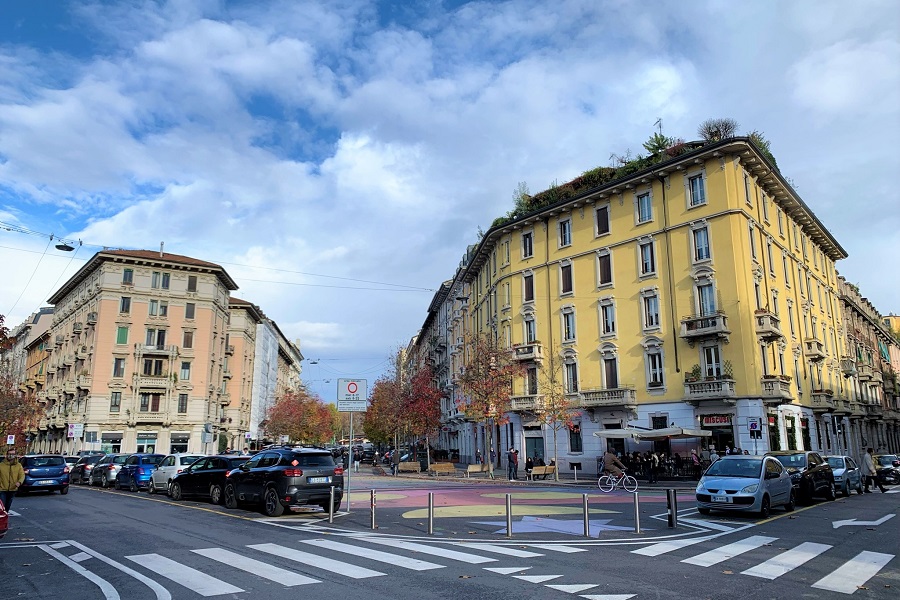
Buildings overlooking Piazza Tito Minniti, at the centre of Isola (Photo: Andrea Gambaro)
If Milan’s charm is famously discreet, then Isola is no exception. Sober lanes and orthogonal blocks form a chessboard-like pattern, scattered with less regular piazze and skirted at its northern edge by the old tram line. Behind the facades, a once-palpable working-class spirit lies dormant in former workshops and hidden courtyards.
Urban regeneration carried out over the last decade has opened up the neighbourhood to the rest of the city. Eco-futuristic architecture now mingles with social housing from generations past, a new wave of residents populates the area, and hip bars and ateliers have become a common sight. It all amounts to one of Milan’s hottest destinations, where visitors flock in search of vibrant nightlife and contemporary cityscapes. For those wishing to dig a bit deeper than the latest trends, however, hints remain of a deeply-rooted local identity as a suburban borough.
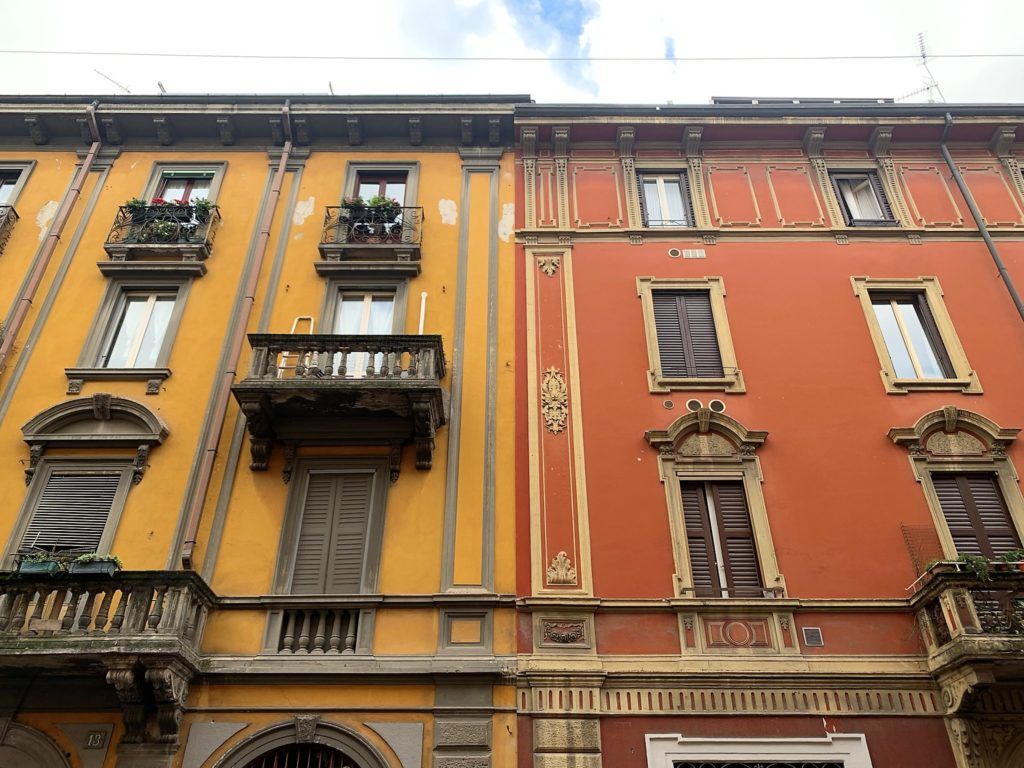
Buildings lining via Pastrengo (Photo: Andrea Gambaro)
Back in its days as an industrial district, Isola used to be cut off from Milan by rail tracks and waterways. However, it wasn’t from this state of isolation that the evocative name Isola, meaning Island, emerged. Old maps show the name predates urbanization, indicating nothing more than fields encircled by irrigation ditches. Perhaps the landscape architects had this in mind while designing the Library of Trees, and sought to reconcile the area’s urban soul with its agricultural roots. This green expanse today serves as an open-space bridge to and from the city centre. It is a matter of perspective whether it has breathed new life into Isola, or betrayed its secluded nature.
Things to do
Faithful to its name, the Library of Trees (Biblioteca degli Alberi) hosts a vast botanical collection of 500 trees and 135,000 plants. It opened in 2018 as Milan’s third-largest park, stretching from the south edge of Isola to the contemporary Piazza Gae Aulenti. An innovative design allows visitors to stroll around circular forests, irregular fields and flowering meadows, which play background to a varied programme of cultural events throughout the year. More greenery rises up the Vertical Forest (Bosco Verticale), a pair of residential towers lush with trees and plants that would cover 30,000sqm of woodland. The other high-rises forming part of the skyline include the Unicredit Tower, currently the tallest skyscraper in Italy (231mt).
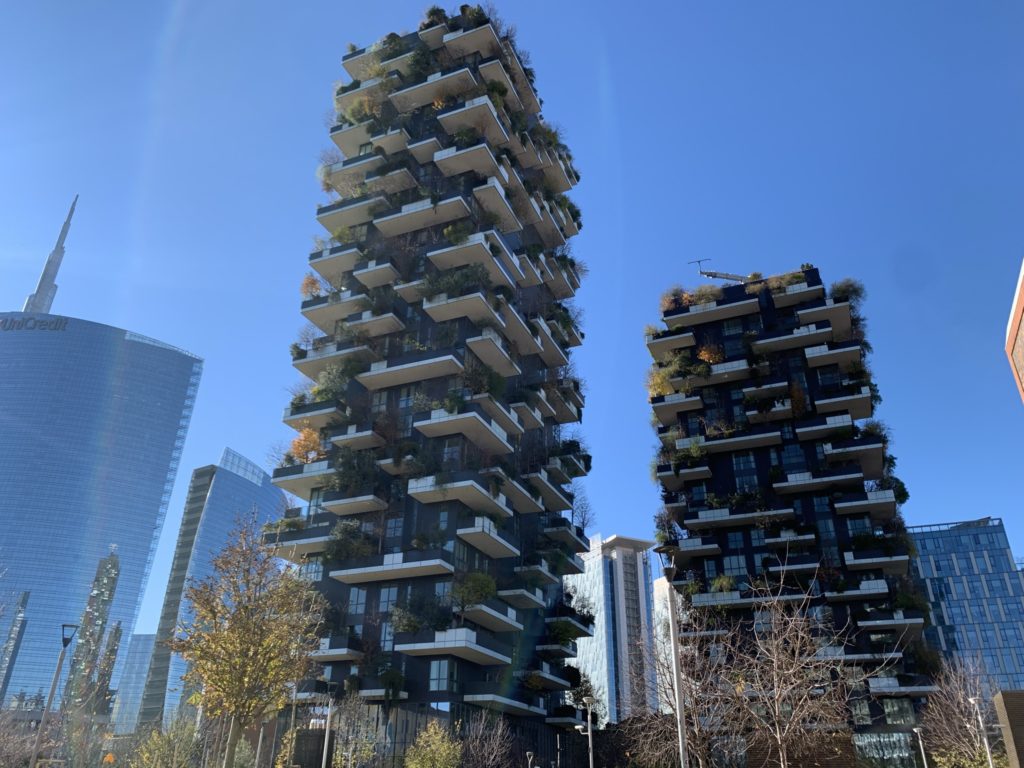
The Vertical Forest, backdropped by Piazza Gae Aulenti (Photo: Andrea Gambaro)
At the foot of the leafy towers, Casa della Memoria (Via Federico Confalonieri, 14) is striking for its minimalist industrial architecture. This free-to-visit exhibition space celebrates the struggle of democratic values against nazi-fascism and terrorism, as hinted at by the historic photos reproduced on its facades with bricks of different shades. Another noteworthy building is the Art Incubator (Via G. De Castillia, 26), home to a host of associations promoting the arts as well as a sustainable, community-led development of the area; its permanent residents include a bicycle and a carpenter’s workshops. More of the local grassroots at work can be seen at nearby Isola Pepe Verde (Via Guglielmo Pepe, 10), a community garden open since 2013.
Approaching Isola through the Eugenio Bussa flyover gives a vivid idea of the physical divide that used to separate it from Milan. Running along the rail tracks, the row houses of Via Guglielmo Pepe appear quaint and reserved at the same time, in sharp contrast with the new buildings soaring just 500 metres away. The other streets to keep an eye out for include Via Pastrengo and Via Pietro Borsieri, where the architectural features hint at the different renovation waves that have occurred over the decades. Look up at the buildings to discover a range of curious details, such as the red curtains adorning the balconies between Via Volturno and Via Sebenico.
The local market (Via Garigliano; Tue 7.30 – 14.00, Sat 7.30 – 18.00) is perhaps the best way to experience pre-gentrification Isola, with stalls ranging from second-hand bric-a-brac to produce, fish and meat. At the time of writing, the covered market at Piazzale Lagosta is due to reopen after undergoing renovation works.
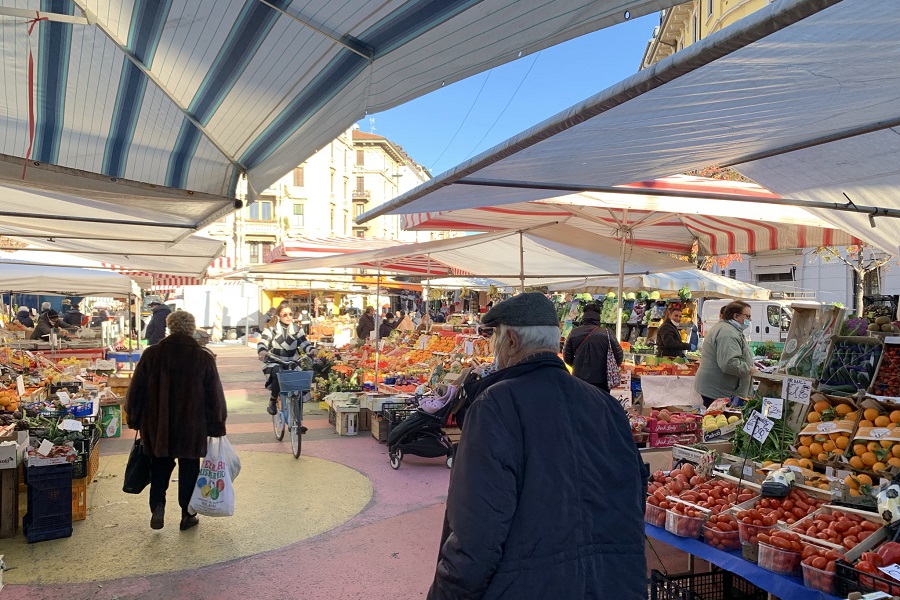
Market day at Piazza Tito Minniti (Photo: Andrea Gambaro)
Santa Maria alla Fontana (Piazza Santa Maria alla Fontana, 7) is the most noteworthy religious building in Isola, a magnificent complex where Renaissance style meets Neo-Gothic elements. It was erected in 1507 on the site of a spring believed to have healing properties, soon establishing itself as an important place of worship and hospital. Next door to the church, Fonderia Napoleonica Eugenia (Via Genova Thaon di Revel, 21), a former bronze foundry dating back to 1807, houses a museum dedicated to this ancient craft.
Nightlife in Isola has grown in recent years, but the main venue has been around a bit longer. Opened in 2003, the Blue Note (Via Pietro Borsieri, 37) is part of a worldwide network led by the historic, namesake jazz club in Greenwich Village, NYC. As well as live music from Tuesday to Sunday (often double bills), the club hosts an elegant restaurant where Milanese cuisine tunes up with Cajun dishes from New Orleans. Many other options for a night out can be found across the neighbourhood. Piazzale Carlo Archinto is the local epicentre after dark, with crowds gathering at weekends outside the bars overlooking the square.
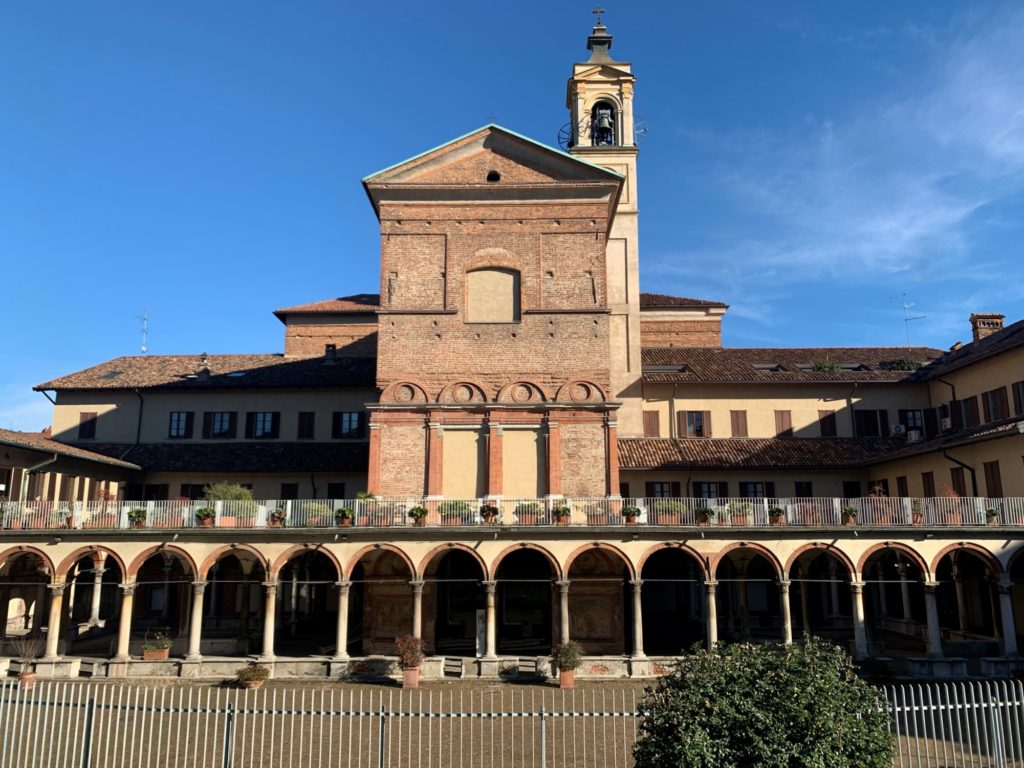
Santa Maria alla Fontana church (Photo: Andrea Gambaro)
Where to stay
Located just outside the neighbourhood, the following hotels offer a good connection to both Isola and the rest of Milan.
A modern take on luxury hospitality, Palazzo Cornalia***** (Via Emilio Cornalia, 7) is a design hotel in the centre of Milan. It sits equidistant from Gae Aulenti and the Central Station. The ambience is warm and sophisticated, combining deep colours with materials such as velvet, brass and marble. The spacious suites and lofts come with modern-chic décor and furnishing, enriched by contemporary visual art. Salmon, cheese and cold cuts are served on tiered stands at breakfast, while buffet and cooked-to-order options are available.
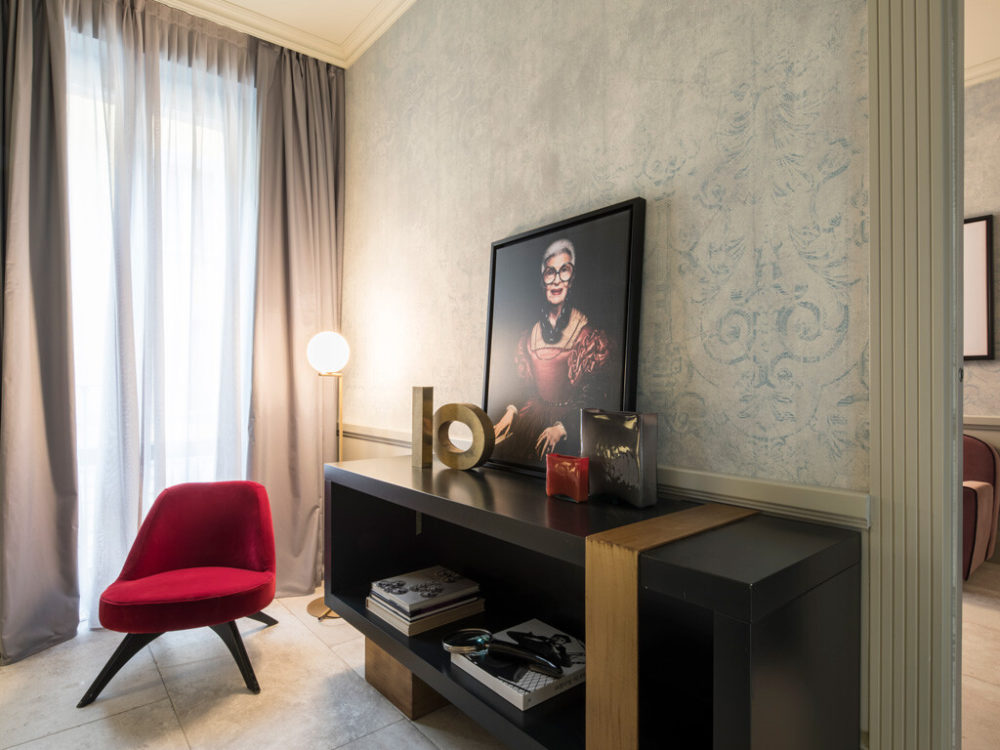
Art and stylish decor at Palazzo Cornalia (Photo: courtesy of Palazzo Cornalia)
NYX Hotel Milan**** (Piazza Quattro Novembre, 3) is a design, lifestyle hotel located next to the central train station. Urban flair and cool vibes define the interiors, offering guests an eclectic environment where contemporary art meets arcade games. Those wishing to work or relax can do so in the spacious bar and patio, which also host theme nights and DJ sets. Street food and a rich breakfast buffet are served at the Clash restaurant. The same young and trendy feel is found in the generously-sized rooms (including 21 suites), complete with an extensive range of comforts. Beauty and wellness services are available.
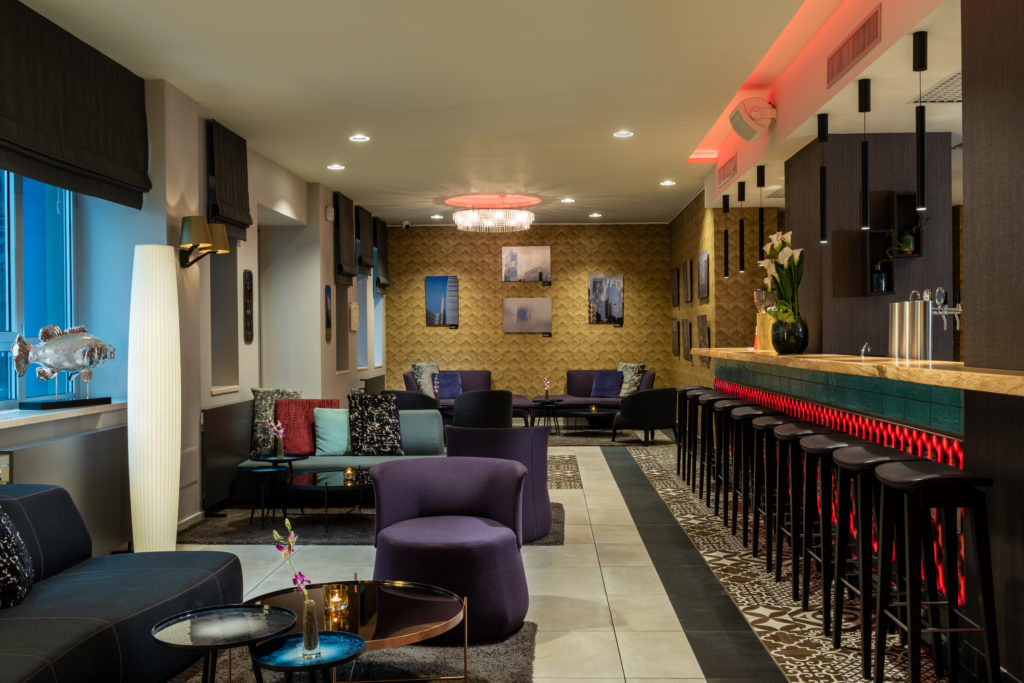
The bar at NYX (Photo: Aya Ben Ezri, courtesy of Leonardo Hotels Central Europe)
Conveniently located on the northern outskirts of Isola, Hotel Zara*** (Viale Zara, 28) offers good value and a relaxed atmosphere. The rooms are modern and simple, attentively fitted with all the essential comforts and facilities. Guests booking a double room can choose between regular and French-style options, while single rooms are also available. After breakfast, the bar runs as a cafeteria until evening, when light aperitifs are served. Milano Centrale station is only a 15-minute walk away.
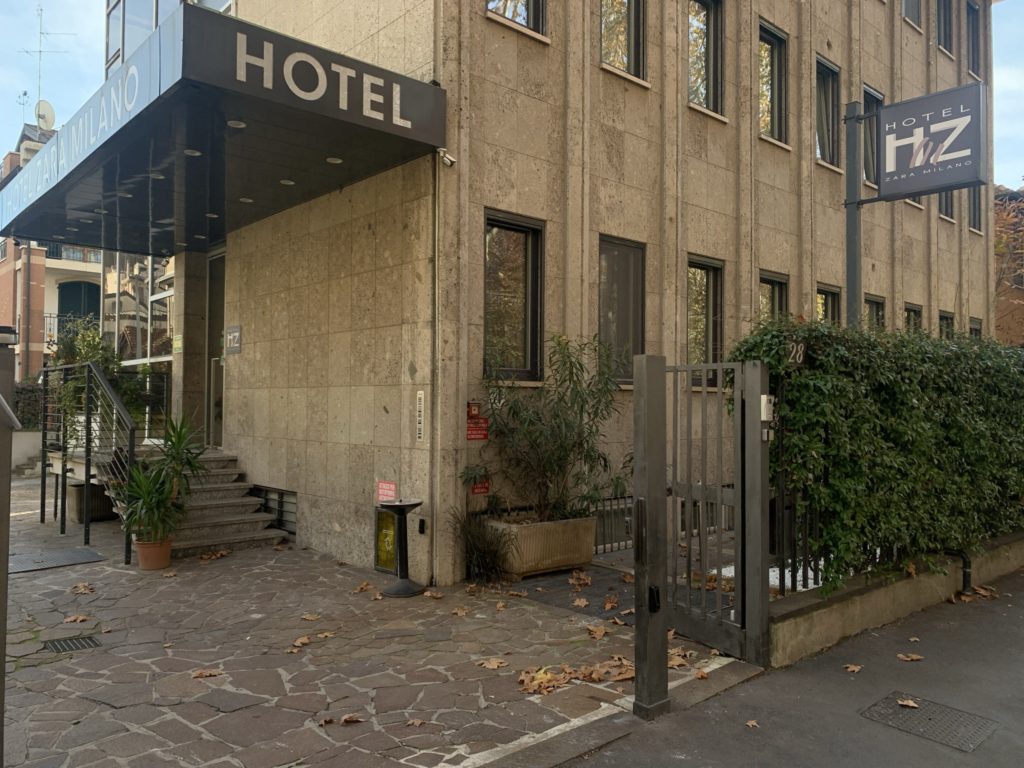
Outside Hotel Zara (Photo: courtesy of Hotel Zara)
Eat and drink
A popular hangout tucked away from the street, Frida Bar (Via Antonio Pollaiuolo, 3) has been around long enough to witness the recent makeover of Isola. Its leafy garden is a perfect refuge from the urban clangour, decorated with plants and murals. The daily-changing lunch menu revolves around seasonal, light and hearty food, while platters and sandwiches are served at night. The drinks list includes craft beer, Italian wine from small producers and around 80 cocktails. An aperitivo comes with a small complimentary dish (from 18.00 to 21.00).
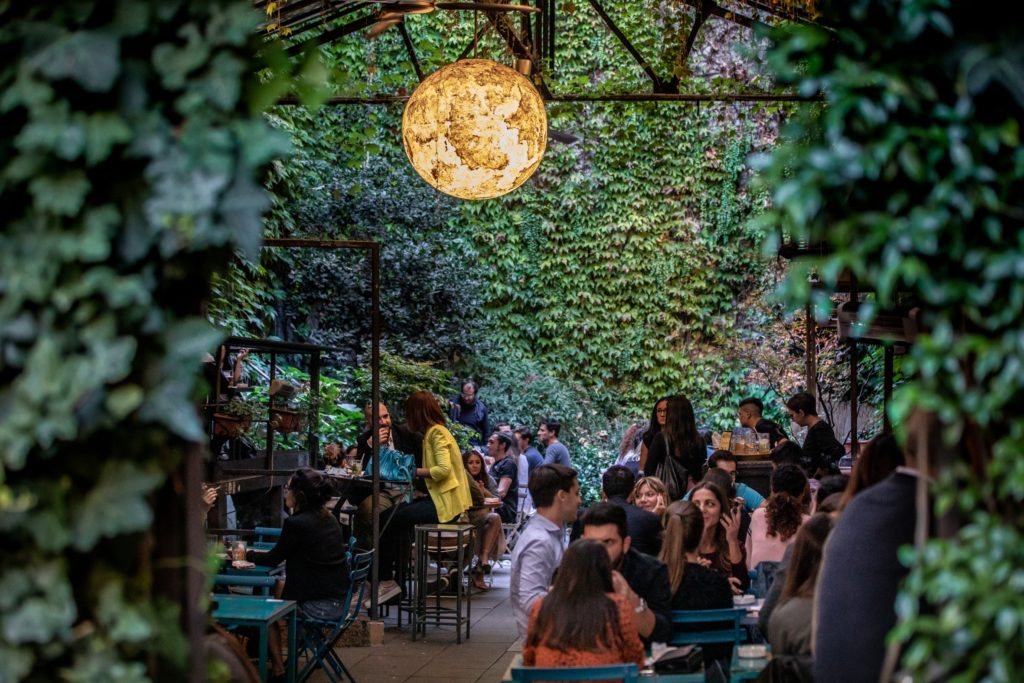
The garden of Frida Bar (Photo: courtesy of Frida Bar)
Ratanà (Via Gaetano de Castillia, 28) is the place to go for Milanese cuisine with a contemporary twist. The mid-to-high price range reflects an uncompromising search for excellent ingredients sourced locally, as well as Chef Cesare Battisti’s distinctive flair for reinventing traditional dishes. Think classic saffron risotto with marrowbone, or pork scraps and cabbage served as an elegant terrine-shaped cassœula. The minimalist approach to food (few ingredients, little prepping) contrasts pleasantly with an XL wine list focused on small- and medium-batch producers. All is served in an industrial-style space, a nod towards the building’s former use as a railway warehouse. A less upscale take on Milan’s traditional food can be found at nearby Trattoria AngoloMilano (Via Gian Antonio Boltraffio, 18).
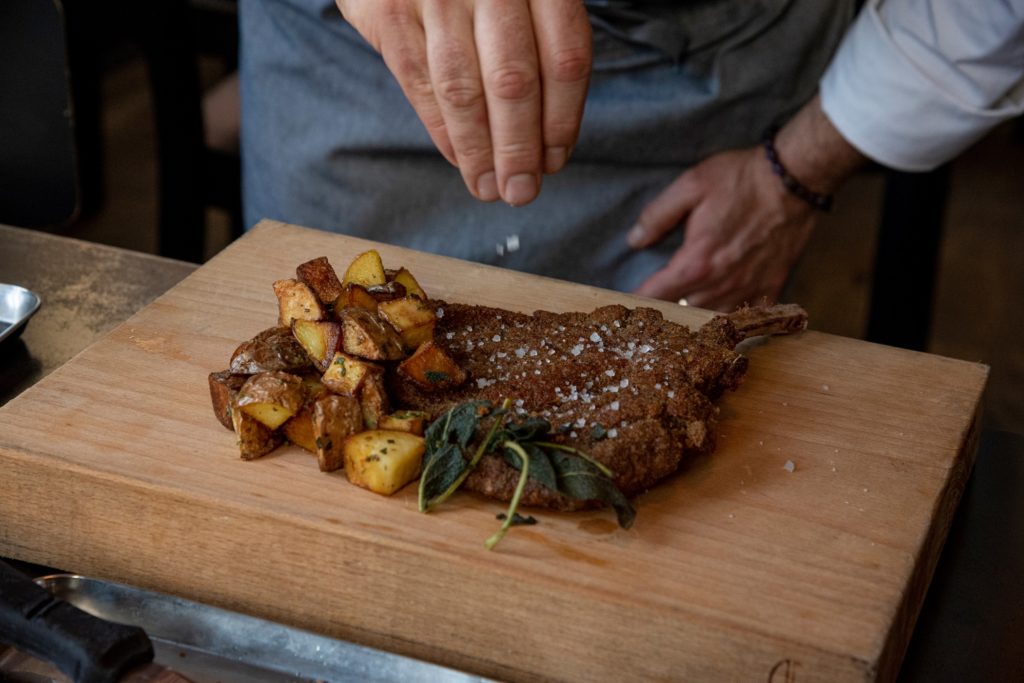
The Ratanà vesrion of a Milanese-style ‘costoletta’ (Photo: courtesy of Ratanà)
Take a sweet break from wandering around Isola at L’Ile Douce (Via Luigi Porro Lambertenghi, 15). This French-style pastry shop mixes artisanal techniques with a modern mindset. The counter is filled with croissants, biscuits and other boulangerie products. Signature cakes are available all year round, while seasonal items include the likes of Easter eggs, colomba and gâteau. The shop is open from early morning till evening, making it a good option for either breakfast, lunch or afternoon tea. Savoury items are served too, and a déjuner menu is available at weekends.
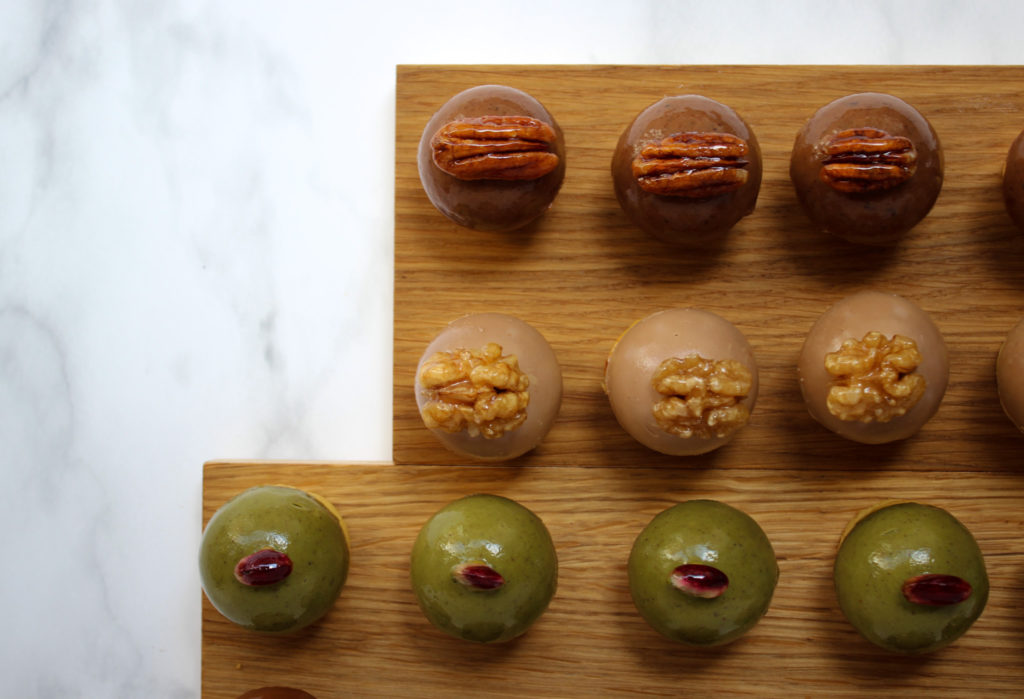
Assorted delicacies from L’Ile Douce (Photo: courtesy of L’Ile Douce)
Taking its guests on a faraway journey, Uzbek (Via Carlo Farini, 38) is a unique find in Isola. Navigate a menu dedicated to authentic dishes from Uzbekistan, where spicy notes and strong flavours blend in with Russian and Georgian influences. Chef Oksana Tsoy’s personal touch reflects her Korean origins, without altering signature national dishes such as plov (rice cooked in a meat- and veggies-based broth) or lagman (similar to ramen). The selection includes khachapuri, dumplings, borsch and chak-chak, to be accompanied by a vodka tasting for the full experience.
Cantine Milano (Via Traù, 1) is an elegant wine restaurant where guests choose the wine first. The list includes a sophisticated variety of bottles from Italian and international producers, ranging from spumanti and young wines to complex and structured ones. Refined ingredients and inventive dishes feature on the menu, offering haute Mediterranean cuisine as an accompaniment to the wine of choice. A marble cocktail bar adds to the atmosphere of the restaurant. Cantine Milano is also a wine shop listing over 400 bottles.
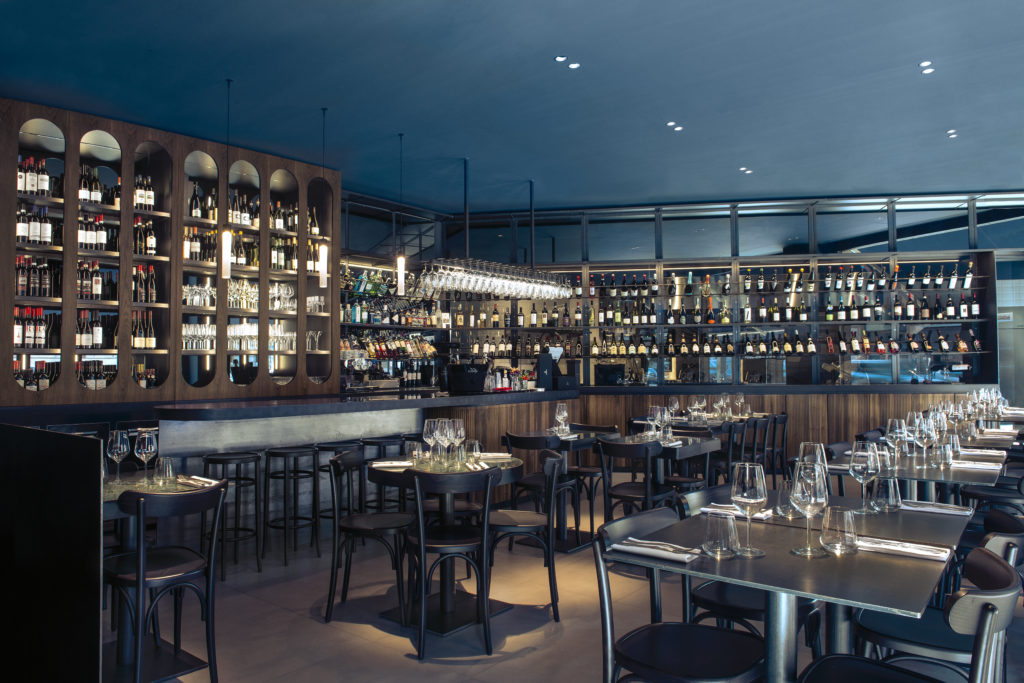
Choose the wine first at Cantine Milano (Photo: courtesy of Cantine Milano)